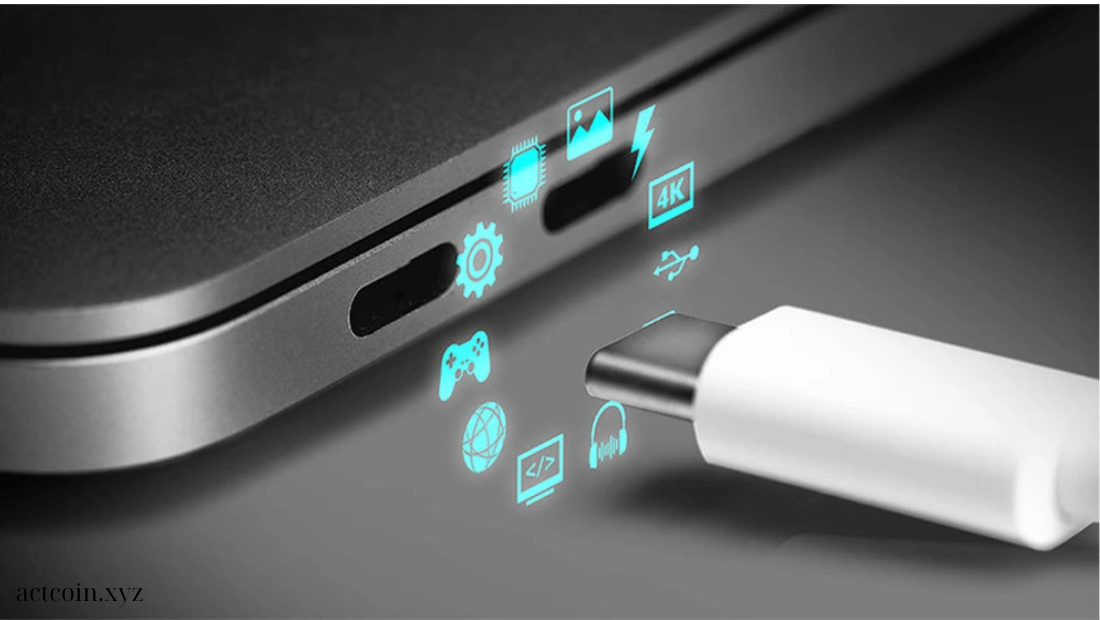USB Type-C has rapidly become the standard connector for a wide range of devices, from smartphones and laptops to tablets and accessories. Its versatility and efficiency make it essential for modern tech users. However, with numerous options on the market, selecting the right USB Type-C cable can be a daunting task. This guide provides valuable tips to help you choose the right cable, ensuring optimal performance and compatibility for your devices.

1. Understand the Different USB Standards
USB Type-C cables can support various USB standards, each with different capabilities. It’s essential to know the differences:
- USB 2.0: Offers data transfer speeds up to 480 Mbps and is suitable for basic charging and data transfer needs.
- USB 3.0: Provides speeds up to 5 Gbps, making it ideal for transferring large files quickly.
- USB 3.1 Gen 1: Offers similar speeds to USB 3.0 but with better power delivery capabilities.
- USB 3.1 Gen 2: Supports data transfer speeds up to 10 Gbps, making it perfect for high-performance devices.
- USB 3.2: Offers even higher speeds and capabilities for advanced users.
- USB4: The latest standard, supporting speeds up to 40 Gbps, and compatible with Thunderbolt 3 devices.
Understanding these standards will help you select a cable that meets your needs for data transfer speed and charging capabilities.
2. Check Power Delivery Capabilities
Power delivery (PD) is crucial when choosing a USB Type-C cable, especially for charging laptops and other high-power devices. Here are the key points to consider:
- Wattage Rating: Look for cables that support higher wattage ratings (e.g., 60W or 100W). Higher wattage cables can charge devices faster and are essential for laptops that require more power.
- Compatibility: Ensure the cable is compatible with your device’s charging requirements. Check your device’s specifications to know how much power it needs.
3. Consider Length and Flexibility
The length of the USB Type-C cable can significantly impact usability:
- Short Cables: Ideal for portable chargers and small devices, making them easier to manage and less prone to tangling.
- Long Cables: Useful for connecting devices across a room or while using them simultaneously. However, be cautious of very long cables, as they may experience voltage drops or reduced data transfer speeds.
Choose a length that fits your typical usage scenarios, ensuring you have enough flexibility without compromising performance.
4. Look for High-Quality Materials
The construction of a USB Type-C cable affects its durability and performance:
- Braided Cables: These cables are often more durable and resistant to wear and tear compared to standard plastic cables.
- Connector Quality: Look for cables with reinforced connectors to prevent bending and breakage, which are common points of failure.
Investing in a high-quality cable can save you money in the long run by reducing the need for replacements.
5. Ensure Compatibility with Devices
Compatibility is a vital consideration when choosing a USB Type-C cable. Here are some tips:
- Check Device Specifications: Ensure the cable meets the power and data transfer specifications of your devices.
- Test with Multiple Devices: If possible, test the cable with various devices to confirm compatibility, especially if you have devices from different brands.
6. Consider Brand Reputation and Reviews
Opt for cables from reputable brands known for their quality and reliability. Reading customer reviews can provide insights into the performance and longevity of the cable. Look for cables that have positive feedback regarding their durability and performance.
7. Be Wary of Cheap Imitations
While it’s tempting to go for the lowest-priced options, be cautious of cheap imitations that may not provide adequate performance or safety features. Low-quality cables can lead to slow charging, data transfer issues, or even damage to your devices. Prioritize quality over price to ensure a reliable connection.
8. Check for Additional Features
Some USB Type-C cables come with added features that can enhance your experience:
- Data Transfer and Charging Combination: Look for cables that support both fast charging and high-speed data transfer simultaneously.
- Compatibility with Video Output: If you plan to use your cable for video output (like connecting a laptop to a monitor), ensure it supports the necessary video protocols.
9. Verify Certification
Certain cables come with certifications that ensure they meet specific safety and performance standards. Look for certifications such as USB-IF (USB Implementers Forum) to ensure you are getting a high-quality product.
Conclusion
Choosing the right USB Type-C cable can significantly enhance your device’s performance and compatibility. By understanding the different standards, power delivery capabilities, and the importance of quality construction, you can make an informed decision that meets your needs. Prioritize durability, compatibility, and performance to ensure you select a cable that not only serves your immediate needs but also stands the test of time. With the right USB Type-C cable, you can maximize the functionality of your devices and enjoy seamless connectivity.
